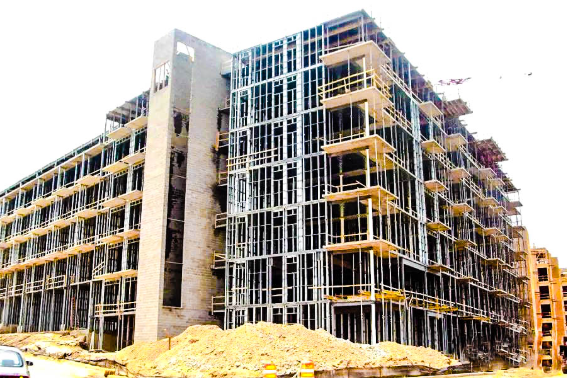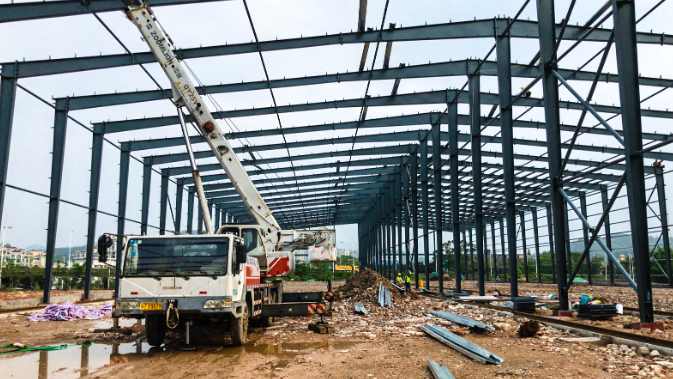Steel Structure Buildings

Steel structure buildings represent a modern architectural system that breaks down industry boundaries between real estate, construction, and metallurgy, integrating them into a new industrial system. This innovative approach is widely recognized as the future of construction by industry professionals.
Compared to traditional concrete structures, steel structure buildings replace reinforced concrete with steel plates or sections, offering higher strength, superior seismic resistance, and faster construction due to factory-fabricated components and on-site assembly. Their recyclability significantly reduces construction waste, making them more eco-friendly. As a result, steel structures are widely adopted globally for both industrial and residential applications.
Today, steel structures are increasingly mature in high-rise and super-tall buildings, gradually becoming the mainstream construction method and a direction for future development.
A steel structure building is defined by its load-bearing framework made of steel materials. Typically, it consists of beams, columns, trusses, and other structural components fabricated from section steel and steel plates, combined with enveloping structures such as roofs, floors, and walls to form the complete building.

Key Components and Types:
Heavy Steel Structures: Use hot-rolled sections like angle steel, channel steel, I-beams, H-beams, and steel pipes.
Light Steel Structures: Employ thin-walled sections (L-shaped, U-shaped, Z-shaped, or tubular) made from cold-rolled thin steel, often combined with smaller components like angle steel or reinforcement.
Suspension Structures: Utilize steel cables for support.
Material Advantages:
Steel exhibits high strength, modulus of elasticity, uniform material properties, excellent plasticity, toughness, precision, ease of installation, and high industrialization efficiency, enabling rapid construction. However, challenges include corrosion susceptibility and fire resistance, necessitating regular maintenance.
Production and Construction Benefits:
Steel components are optimized for factory production and on-site assembly. Specialized factory production ensures high precision and efficiency, while accelerated assembly on-site shortens project timelines. Steel structures represent the pinnacle of modern construction technology.



